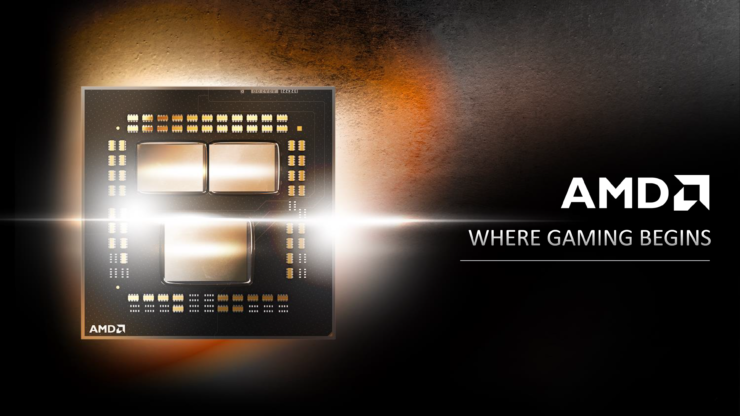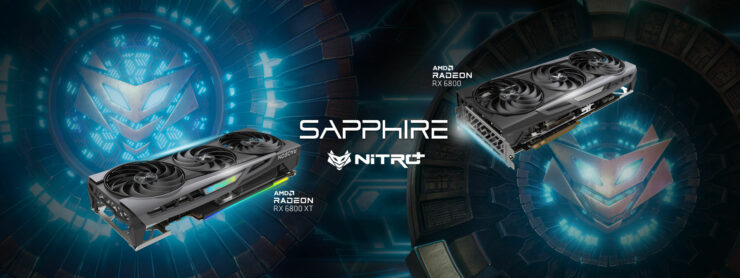ClockTuner For AMD Ryzen “Zen 2” Desktop CPUs Gets V1.1 Update – Enhanced Engine With New Features, Fixes & More

1usmus has released the latest update of his AMD Ryzen “Zen 2” performance-boosting utility, ClockTuner for Ryzen. The latest update adds a range of improvements such as a new engine, several new features, and bug fixes that users encountered in the previous release for a more refined experience.
ClockTuner For AMD Ryzen “Zen 2” Desktop CPUs Gets V1.1 Update – Available To Download, Features New Engine & A Lot More!
The ClockTuner For AMD Ryzen “Zen 2” Desktop CPUs is a tuning utility that has been designed to increase the performance of Zen 2 based CPUs that are part of the Ryzen 3000 and 3rd Gen Ryzen Threadripper lineup without increasing the power consumption. In our launch article for the utility, we explained how CTR worked, offering a refined experience that allows users to gain performance through a single click.
Some of the new features include profile management, reset settings button, pop-up tooltips, record table, stats auto-sharing, and a brand new engine. To install CTR 1.1, you need to have the following files:
- Clock Tuner for Ryzen 1.1 (Guru3D Link)
- .NET Framework 4.8
- Ryzen Master (latest)
1usmus CTR v1.1 Performance Stats:
- CTR RYZEN THREADRIPPER 3960X / 3970X STATS
- CTR RYZEN 3900 / 3900X / 3900XT / 3950X STATS
- CTR RYZEN 3700X / 3800X / 3800XT STATS
- CTR RYZEN 3600 / 3600X / 3600XT STATS
- CTR RYZEN 3100 / 3300X / 3500 / 3500X STATS
Following is the full press release from 1usmus on the ClockTuner For AMD Ryzen v1.1 release.
ClockTuner For AMD Ryzen Desktop CPUs v1.1 Release Highlights
A couple of weeks ago I introduced you to the ClockTuner for Ryzen project, which is designed to improve the performance of processors with the Zen 2 microarchitecture by accurately tuning each CCX. Today I am introducing a major update which, in addition to new features, includes fixes to the problems identified.
The first thing that catches your eye is a slightly modified CTR interface.
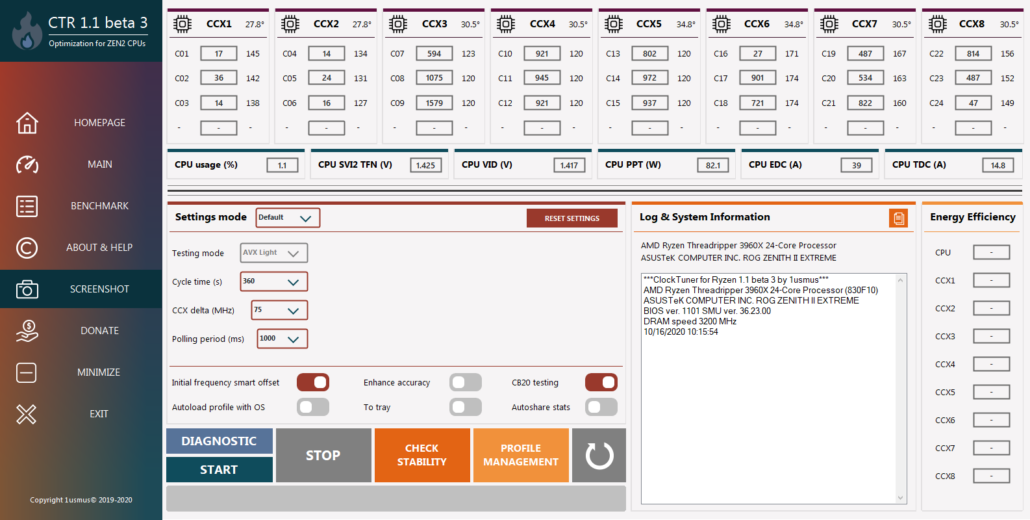
The profile management buttons have moved to a separate page, which can be accessed by pressing the “PROFILE MANAGEMENT” button. The user now has 2 slot profiles to which he can record the results of the current experiment or make manual corrections.

Note. If you want to create a profile manually, you need to press the UPDATE PROFILE button after entering the values to confirm the data entry, and then you have to choose whether to save the profile or just apply it for the current user.
A button has been added to reset the settings and pop-up tooltips have been added. The log has been slightly transformed and additional information can be displayed in it, which will allow the user to solve problems on his own without resorting to forum discussions. As an additional help, a button-link to the English video guide has been added to CTR 1.1 (Russian video guide will be added soon). It is located in the “ABOUT & HELP” tab.
In “Settings mode” users can include additional settings, which will be useful only for advanced users. That is, we have the concept of CTR in 2 clicks (DIAGNOSTIC – START).
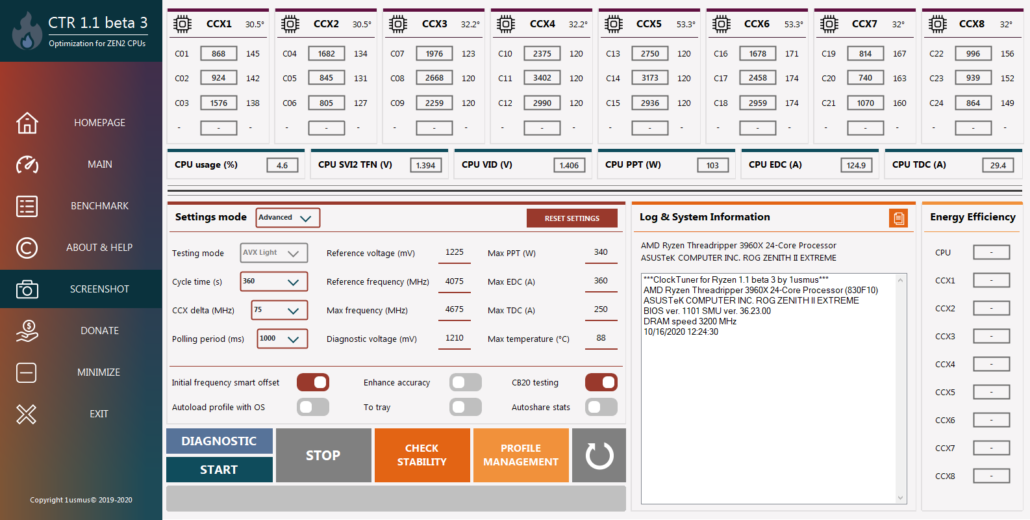
CTR 1.1 got a new engine with some additional rules. Now, before making a step to a higher frequency, CTR checks the current frequency with reduced voltage relative to the reference one. In most cases, this can prevent BSOD during the frequency step or high Vdroop. It also helps to prevent the system from false pitch to a higher frequency if the CCX is on the edge of instability.
Another important advantage of the new CTR 1.1 engine is the new, secure method of controlling the frequency and voltage of the processor. This will protect user systems from sending incorrect commands to registers.
The load level of stress tests has been corrected for all processors and all modes. Now uses a more loyal value of FFT, which can protect the system from BSOD.
Load Line Calibration level requirements have been revised and thanks to the new CTR rules you can use LLC in Auto mode (in most cases you will not need to use LLC Mode 3). This also means that ASRock and Gigabyte motherboards are fully supported.
Note. The “Recommended to improve voltage compensation” warning is information only and does not require the user to immediately intervene in the UEFI (BIOS).
“Enhance accuracy” is a system of additional frequency step crushing using voltage. Depending on the reference voltage value, the CTR selects the optimal number of extra steps. Yes, the “tuning” process becomes longer, but the results are more accurate.
Note. This setting has a direct impact on your diagnostic time. If this option is enabled, the step time is doubled to 2 minutes.
The diagnostic mode has received a number of improvements. Step time was increased and the stress load was corrected using FFT. This significantly reduced the probability of BSOD. The evaluation of the cooling system allows to automatically offer the user the optimal mode. It can be an undervolting mode or an overclocking mode with the current PPT level saved. That is, if you use a BOX cooler, you will be automatically offered an undervolt mode, which has a chance to reduce the processor temperature in the load up to 15 degrees (and reduce the noise level).
The system of penalties for creating the final profile was redesigned. Now the penalty will depend on the maximum processor temperature during the diagnostics as well as the current Vdroop level. This allows the profile to have some additional stability reserve.
Note. If you have improved the cooling system or changed the LLC level in UEFI (BIOS) you must rediagnosis, otherwise, the settings for the penalty system will not be changed.
“Autoshare stats” allows you to send the result of successful system tuning to the server. The report contains all the information available on the “BENCHMARK” tab. After sending the result to the user, the window with the stored results on the server will automatically open. Access to the results is open for everyone.
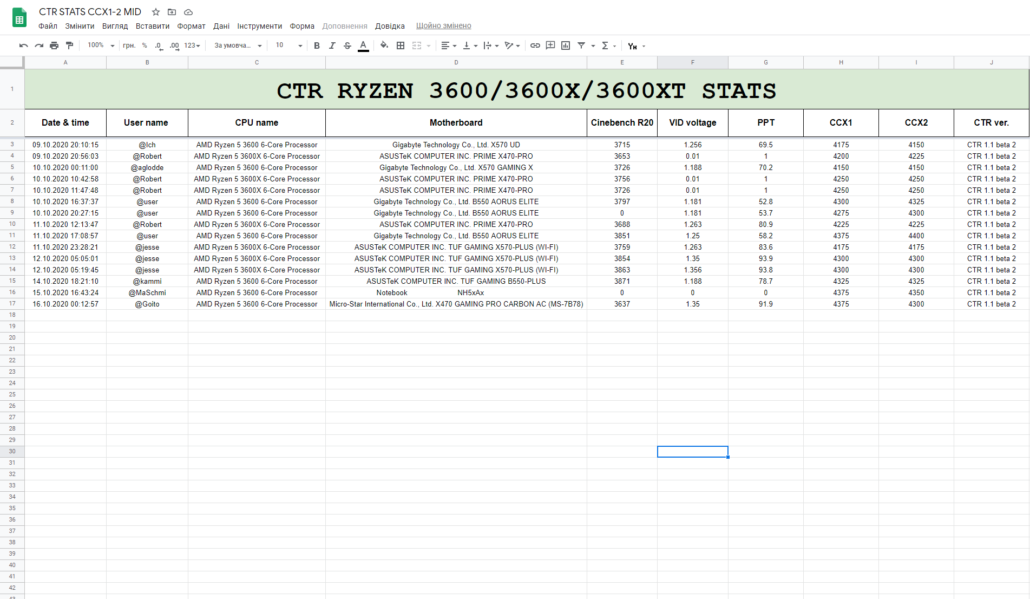
Note. Each class of processor has its own record table.
“CHECK STABILITY” is an opportunity to check the system for stability. Basic time is 10 minutes if the “Enhance accuracy” option is enabled – 20 minutes. If an error is found – the stress test will be stopped immediately. You may not be afraid to leave CTR unattended.
EDC, TDC, PPT, and Max temperature values are corrected. Now the CTR protection system will not react so hard on user experiments.
Note. EDC, TDC, PPT, and Max temperature values do not apply to PBO or telemetry settings, do not affect the CPU protection system, and do not affect system performance.
The last important innovation is the ability to use CTR without SMT. And, of course, numerous bugs have been fixed. Improved support for the AMD Ryzen 3 3100, Ryzen 5 3500, & Ryzen 5 3500X CPU.



